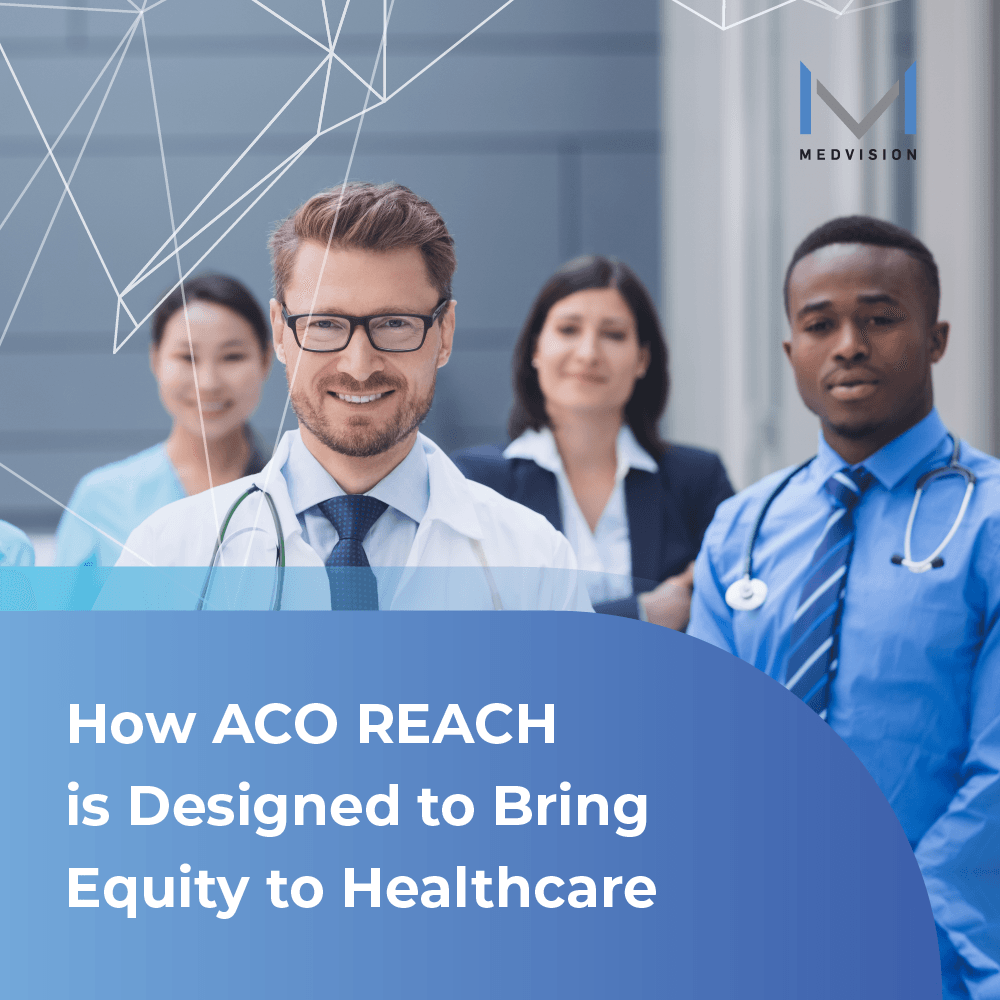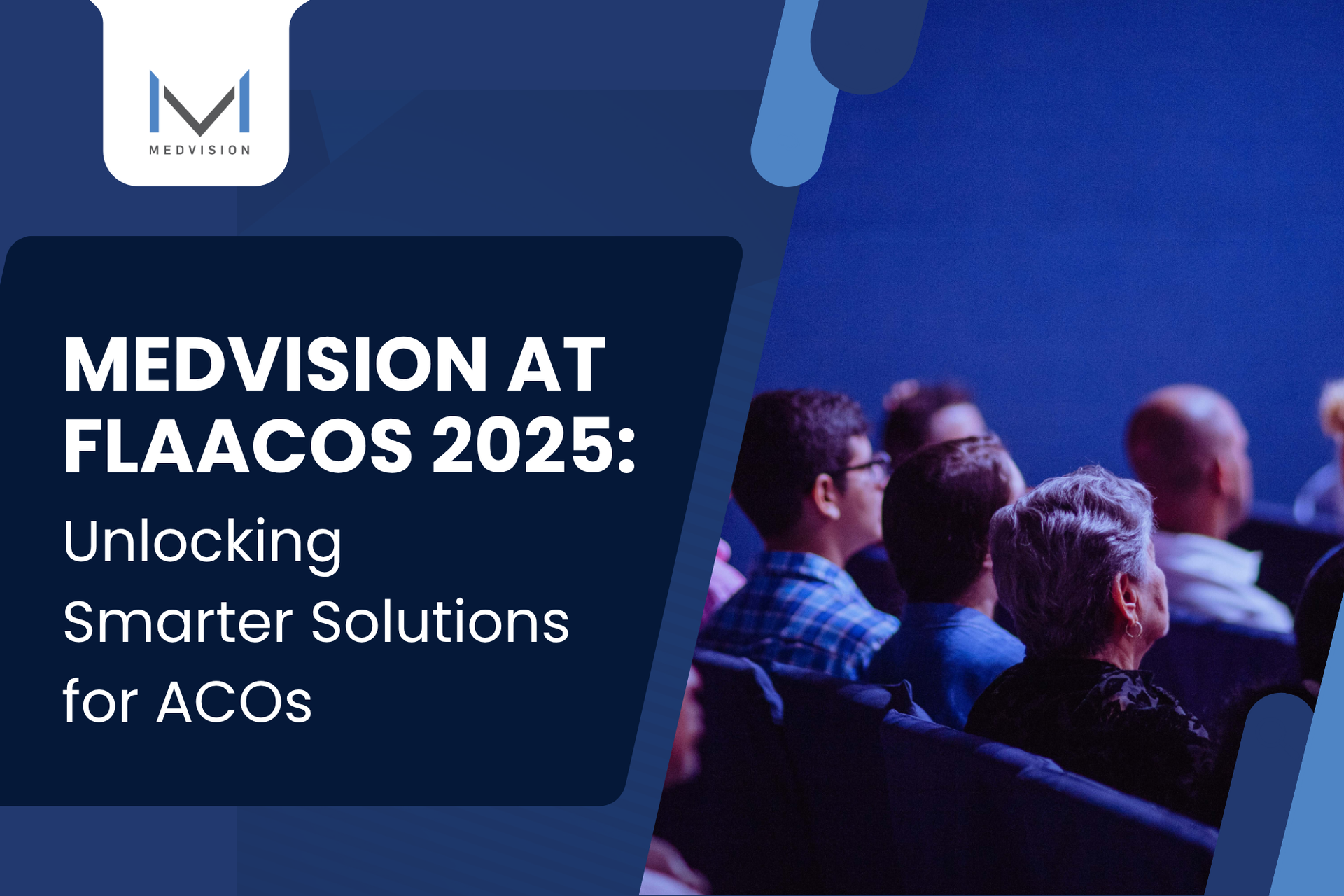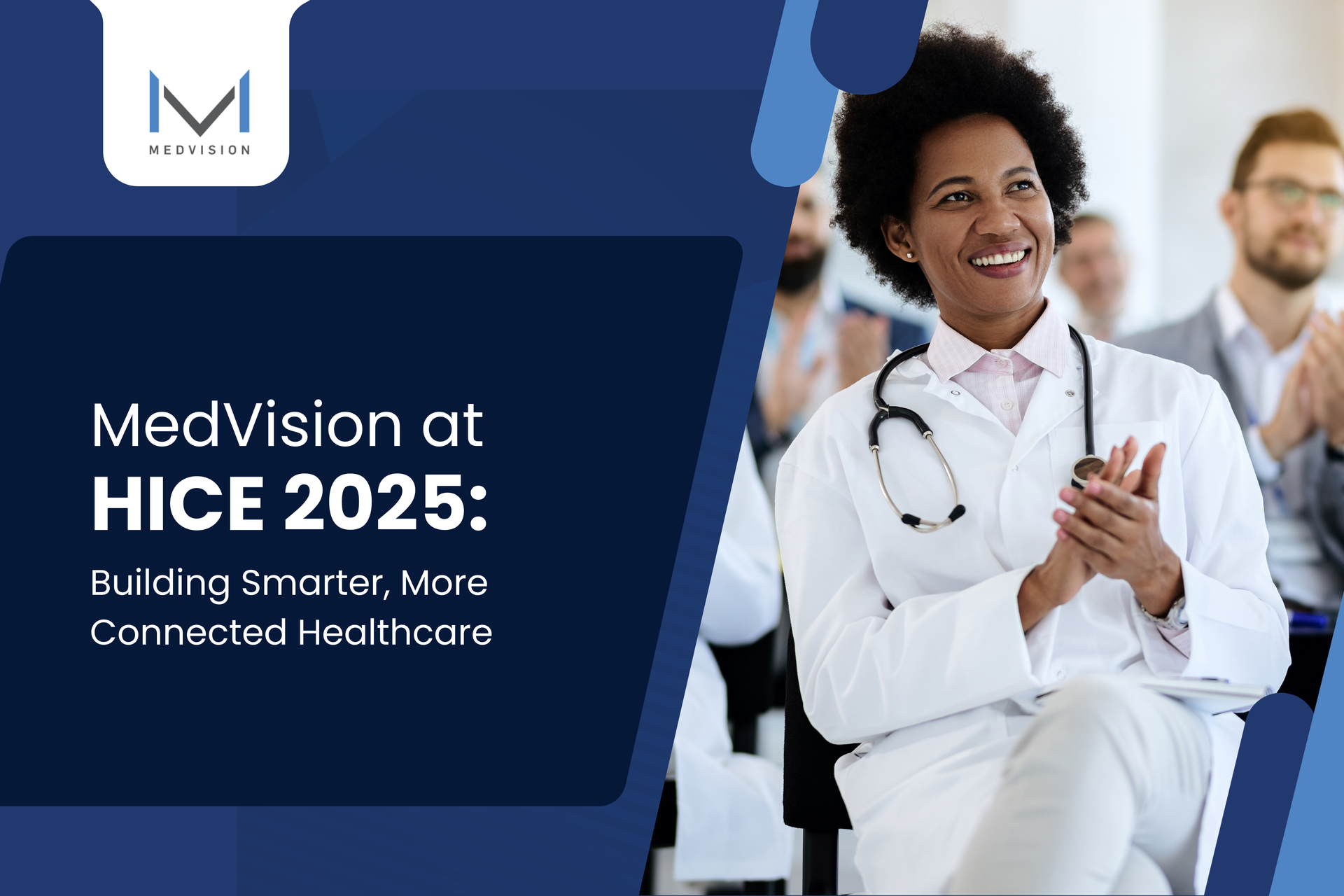Three Things You Probably Didn’t Know about Direct Contracting
In healthcare, direct contracting is the latest framework for organizations looking into alternative risk-sharing agreements with the Centers for Medicare & Medicaid Services (CMS). The Direct Contracting Entity (DCE) program is a legal organization involving healthcare providers and suppliers that select the appropriate payment and risk arrangements for its members with CMS. With the CMS looking into increasing population coverage through healthcare choices and alternatives, direct contracting provides a pathway for providers to deliver quality value-based healthcare services to their intended healthcare population.
Three Things You Didn’t but Probably Should Know about Direct Contracting
New healthcare programs can be intimidating for organizations. While some are open to testing out current-release options, others are a little hesitant to try them. With the direct contracting model being the latest option from CMS, learning all about it can be quite a task, but here are three things you should know about direct contracting by now:
1. The ideal patient population for direct contracting
Direct contracting arrangements are suitable for self-insured employers with a large number of employees geographically located within the provider’s service area. Direct contracting is also ideal for new organizations that have minimal existing primary care relationships with established Medicare beneficiaries, catering to organizations that value primary care capitation. With these components in mind for healthcare members, direct contracting arrangements make an excellent option for organizations that prefer to work directly with CMS.
2. The distinguishing characteristics of direct contracting organizations
Direct contracting offers primary care capitation, which can be converted from some or all of fee-for-service (FFS) payments while Accountable Care Organizations (ACOs) are paid through FFS without capitation. The conversion amount from FFS to primary care capitation can vary widely, depending on the direct contracting arrangements. While the direct contracting frameworks were built on the foundation of ACOs, there are still
distinct differences between the two programs such as payment schemes, provider arrangements, and possible risks.
3. Choosing between direct contracting and other healthcare frameworks
For companies looking for alternative healthcare options, direct contracting can be an appealing healthcare choice for organizations that plan to engage in monthly primary care capitation with CMS. Direct contracting can provide valid alternatives for the remaining uninsured population, which was pegged at a little over 9 percent in a 2019 study by the Congressional Research Service (CRS). While the program is relatively new, the direct contracting model has been warmly embraced by many organizations interested in expanding their coverage through alternative healthcare plans.
ACOs have more established primary care relationships and can be less experimental than the DCE program. The
full-risk arrangement of ACOs makes them more financially sound without reducing the quality of care. ACOs’ risk-sharing arrangements are determined annually based on total costs, while the direct contracting model has a capitated monthly payment arrangement with CMS.
Between the two healthcare models, one is not always better than the other. The choice ultimately depends on the needs of all the sectors involved, and the number of risk factors that these sectors are willing to shoulder.
Provider Benefits Offered by Direct Contracting
In the healthcare industry, direct contracting can be a step in the right direction for organizations to eventually scale into larger value-based arrangements that require higher risks and responsibilities. Direct contracting also exemplifies a more focused approach to the healthcare system, transitioning from volume to value.
Direct contracting provides a venue for providers to display their abilities in managing costs, handling care coordination, and boosting patient satisfaction. Healthcare providers can expect to create valuable bonds between their local employer and their patient population since direct contracting arrangements promote more localized healthcare.
Delving into Direct Contracting
While healthcare direct contracting arrangements may start off with complex navigating and coordinating functions, organizations formed under these conditions can eventually eliminate the chances of unintended gaps in responsibilities. DCEs are the bridges that link direct contracting providers to their patient population with the goal of reduced costs and better outcomes.
To enter direct contracting arrangements, providers must participate in the
DCE models offered by CMS. Once all the requirements have been fulfilled, providers in the DCE program may begin to provide patient care services for their patient population.
Creating meaningful and realistic costing and budgeting goals requires access to tools that provide developmental support to the growth of DCEs. Analytics and metrics play an important role, as do provider network adequacy and capacity, in ensuring convenient and timely access to healthcare for patients.
However, not all tools are equal in terms of scope, capability, and ease of use. Technology can eliminate the challenges that normally hinder organizations from forming effective healthcare functions.
Fast-Track Financial and Operational Setups with MedVision’s DCE Solutions
The new direct contracting arrangements fueled by DCE organizations can create hesitations due to possible intricacies involved in the day-to-day operations. Being a new program under a modern organizational structure, many DCEs often find that it is imperative to act quickly and still operate effectively. Focusing on assisting DCEs to function successfully,
MedVision created the DCE-OS, its premium application software that can activate DCEs in 30 days or even less. Targeting risk management, proactive and preventative care evaluation, and improved patient outcomes, the DCE-OS is as innovative as MedVision’s other healthcare solution, the
QuickCap 7 (QC7).
DCE-OS streamlines the healthcare direct contracting process flow to keep the focus on care coordination and patient outcome. With comprehensive risk-based solutions, DCE-OS provides solution processes that automate contracting, claims administration, communications, and case management with integrated evidence-based guidelines.
June 29, 2022
The ACO REACH model was developed to address concerns from its previous form. But how does the new structure really impact healthcare equity?
May 18, 2022
These are some of the most compelling reasons why ACO REACH is better compared to GPDC at promoting higher quality care while lowering its cost.
May 16, 2022
The discussion about the redesigned ACO REACH can be perplexing for some. Brush up on the latest news and details about ACO REACH vs. DCE.














